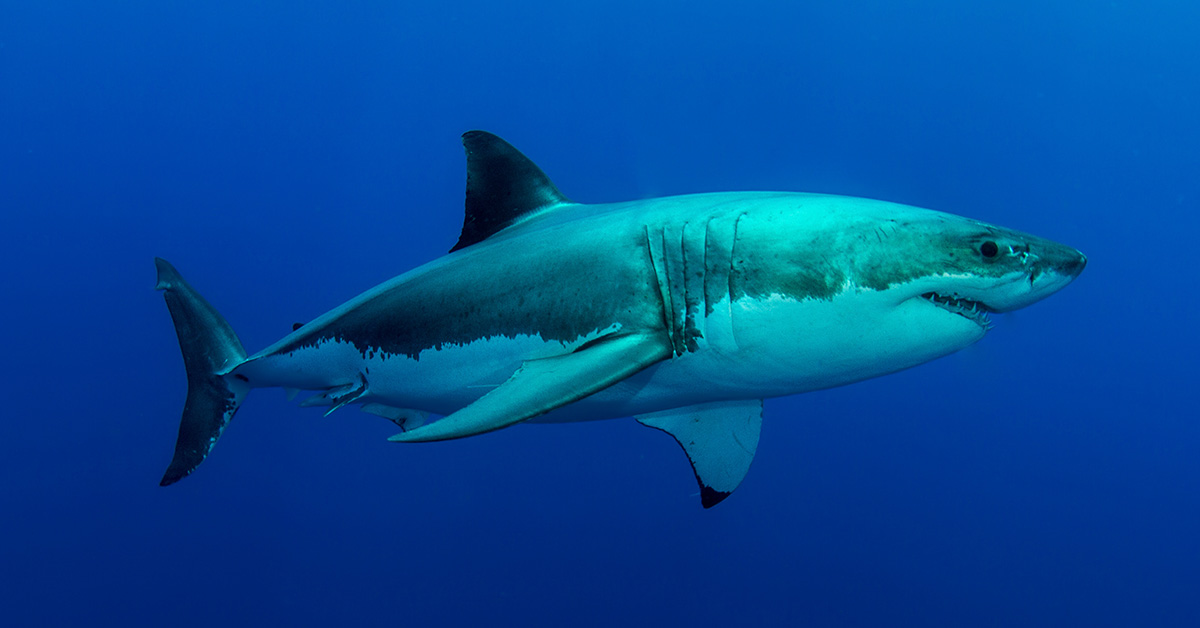Even people unfamiliar with marine biology have heard of the great white shark. The species has supported many boat tour companies that allow fans of Jaws and Shark Week to see these beasts in the wild. However, boats and shark cages are the only way to admire a great white up close. People may fear them, people may love them, but people will never see them in aquariums.
Great White Sharks in Captivity
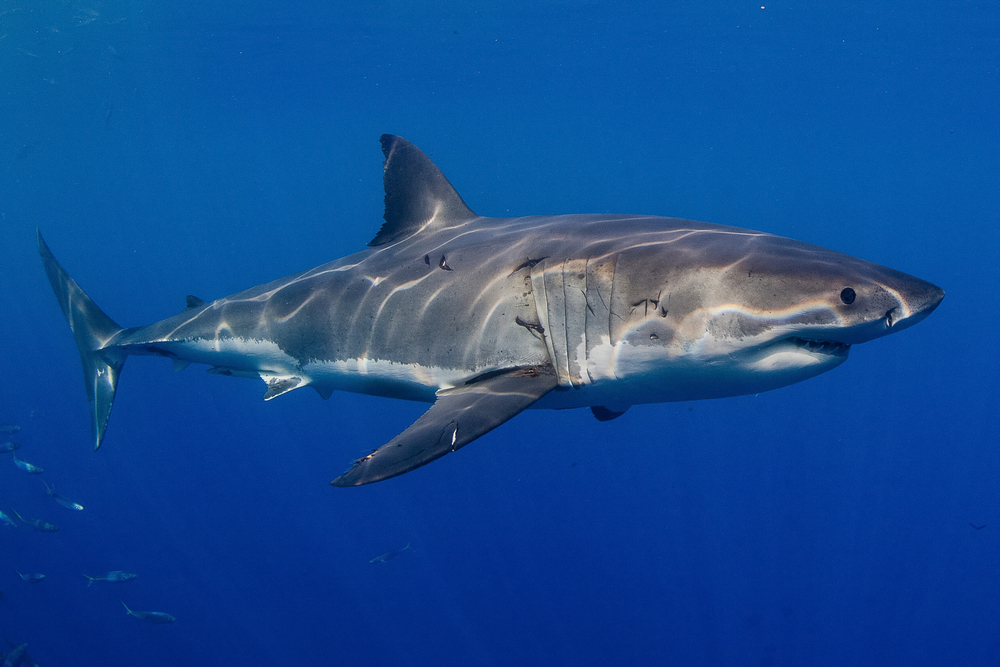
Great white sharks have the reputation of being a monstrous, unrelenting killing machine. B-movies would have you believe that if this shark were in an aquarium, it would break through its tank and eat everyone. But in past attempts to capture a great white, the shark was the only one dying—and extremely quickly. In fact, in 2021, a great white was taken from the ocean to reside at the Okinawa Churami Aquarium in Japan. It survived only three days.
The first recorded attempt to put a great white on display occurred in the 1950s at the Marineland of the Pacific in California. However, the shark died within a day. In the 1970s, 80s, and 90s, SeaWorld made similar attempts but none were successful. The shark either died or returned to the wild within a few weeks.
Read More: Beer Company Develops Edible Six-Pack Rings That Feed, Rather Than Kill, Marine Life
Why Aquariums Can’t Keep Great Whites
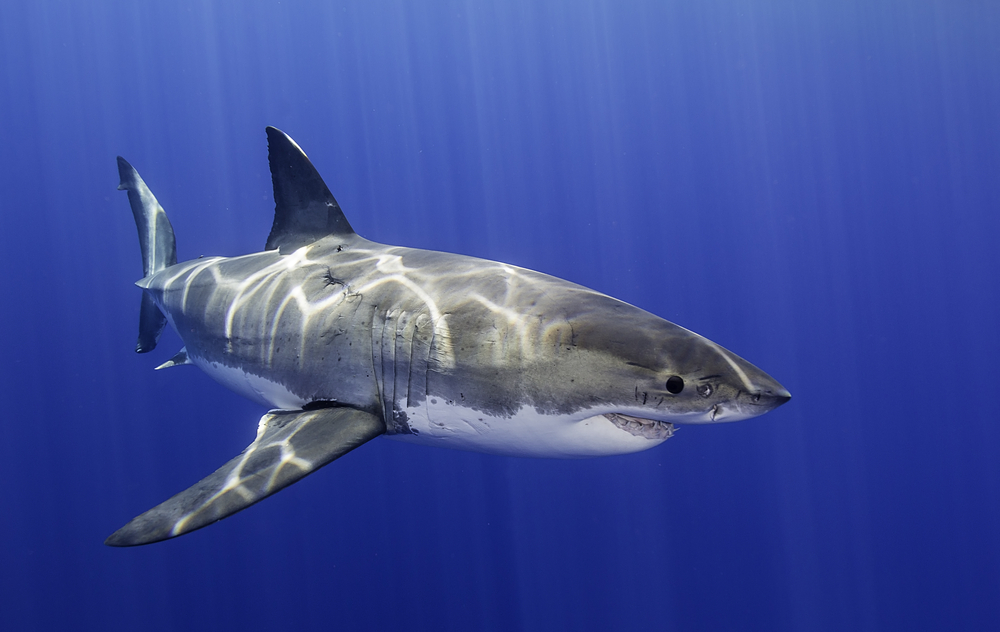
There are many reasons why these sharks can’t survive in captivity. One factor is their diet. Great whites are apex predators who mainly eat live prey. However, curators at aquariums are typically unwilling to feed living creatures to their specimens. It’s expensive, for one thing, and upsetting to visitors. Even so, many great whites in captivity tended to refuse the food provided.
Great white sharks must constantly swim in order to breathe. When they move, the water passes over their gills and provides oxygen. Plus, these predators can grow up to 20 feet (6 meters) in length. In the wild, great whites travel great distances and feel comfortable in open water. Therefore, a tank must be unbelievably massive to contain them comfortably. This would be extremely expensive to upkeep, and boring to visitors waiting outside a gigantic tank for a glimpse of the fish.
Why They Can’t Survive in Tanks
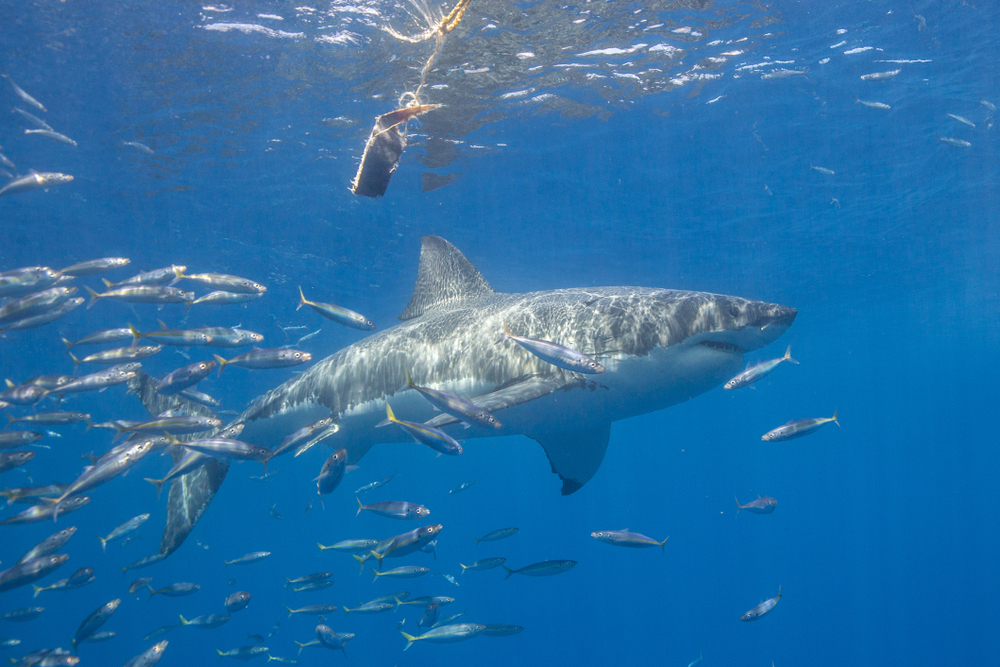
Still, it’s unclear exactly why the captured sharks died so quickly. One theory suggests the artificial environment threw off the sharks’ electroreception, their keen sense that helps them notice subtle changes in their environment. A large glass tank with all of its equipment could have confused and overstimulated them. Additionally, many of the sharks had injuries and health issues before the tank, from when they were taken from the ocean and transported. Also, many would continually swim into the glass and cause more injuries to themselves.
Read More: The Moon is Drifting Away from Earth and It’s Actually Having an Impact on Time
The Most Successful Great White Exhibit
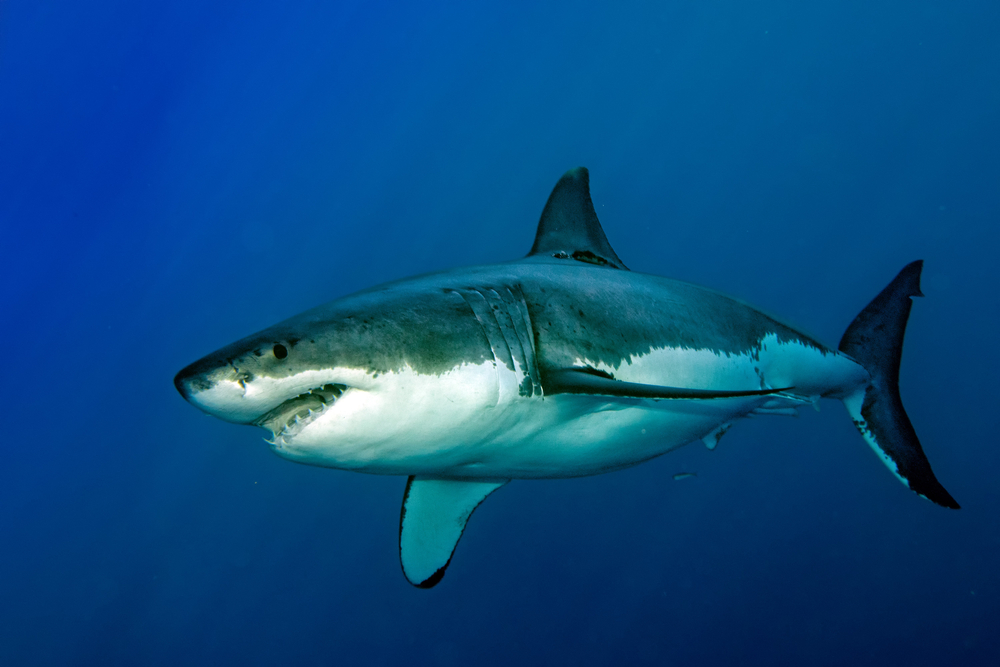
The only exception was the Monterey Bay Aquarium in 2004, which managed to keep a great white alive and well for six months, beating the previous record of just 16 days. The aquarium used a tank that was 35 meters deep and held almost four million liters of water. Even still, they had to hold a relatively small great white, just over 4 feet (1.2 meters) instead of the average full size of 15 feet (4.5 meters). This young great white had more room to swim around than if it was fully grown, plus it needed to eat only fish instead of mammals, making it easier for the researchers to maintain. But after killing some of the other sharks in the tank, the predator was returned to the wild.
Is There Any Demand?
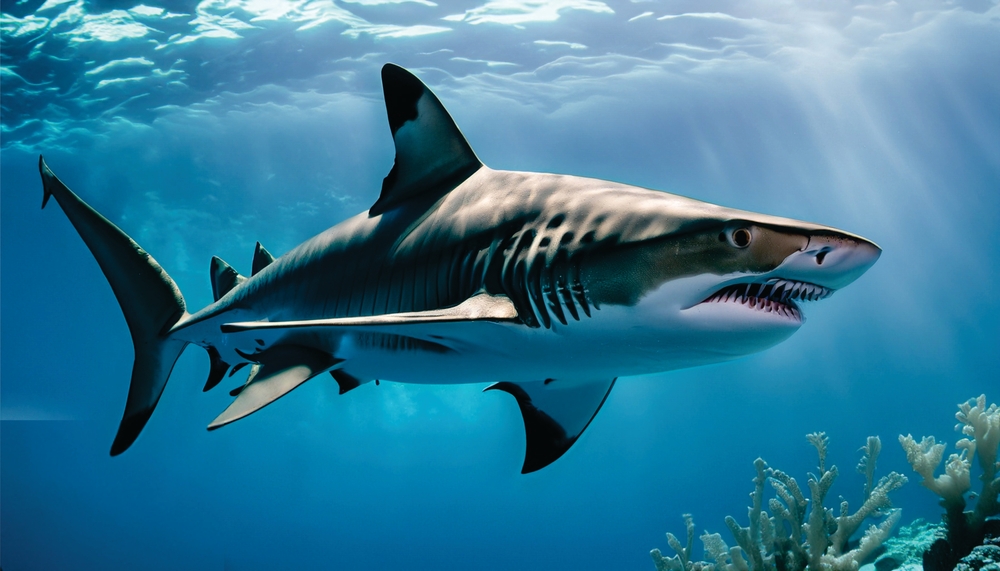
In any event, if researchers do figure out how to successfully sustain a great white shark, the exhibit might be more controversial than celebrated. Ever since the documentary Blackfish exposed SeaWorld’s treatment of their captive orcas, shows involving large marine animals in captivity have lost popularity. A great white in an aquarium may not go over as well as it would’ve in the 1970s, 80s, and 90s.
Read More: Oozing Jet Black Eggs Retrieved from Deep Ocean Containing Mysterious Creatures
Sources
- Tom Hale. “There Is A Reason Why You’ll Never See A Great White Shark In An Aquarium.” IFL Science. December 25, 2022
- Josh Hrala. “There’s a Reason You’ll Never See a Great White Shark in an Aquarium.” Science Alert. July 11, 2016
- Harriet Brewis. “The tragic reason why there are no great white sharks in captivity.” Indy100. May 19, 2024
